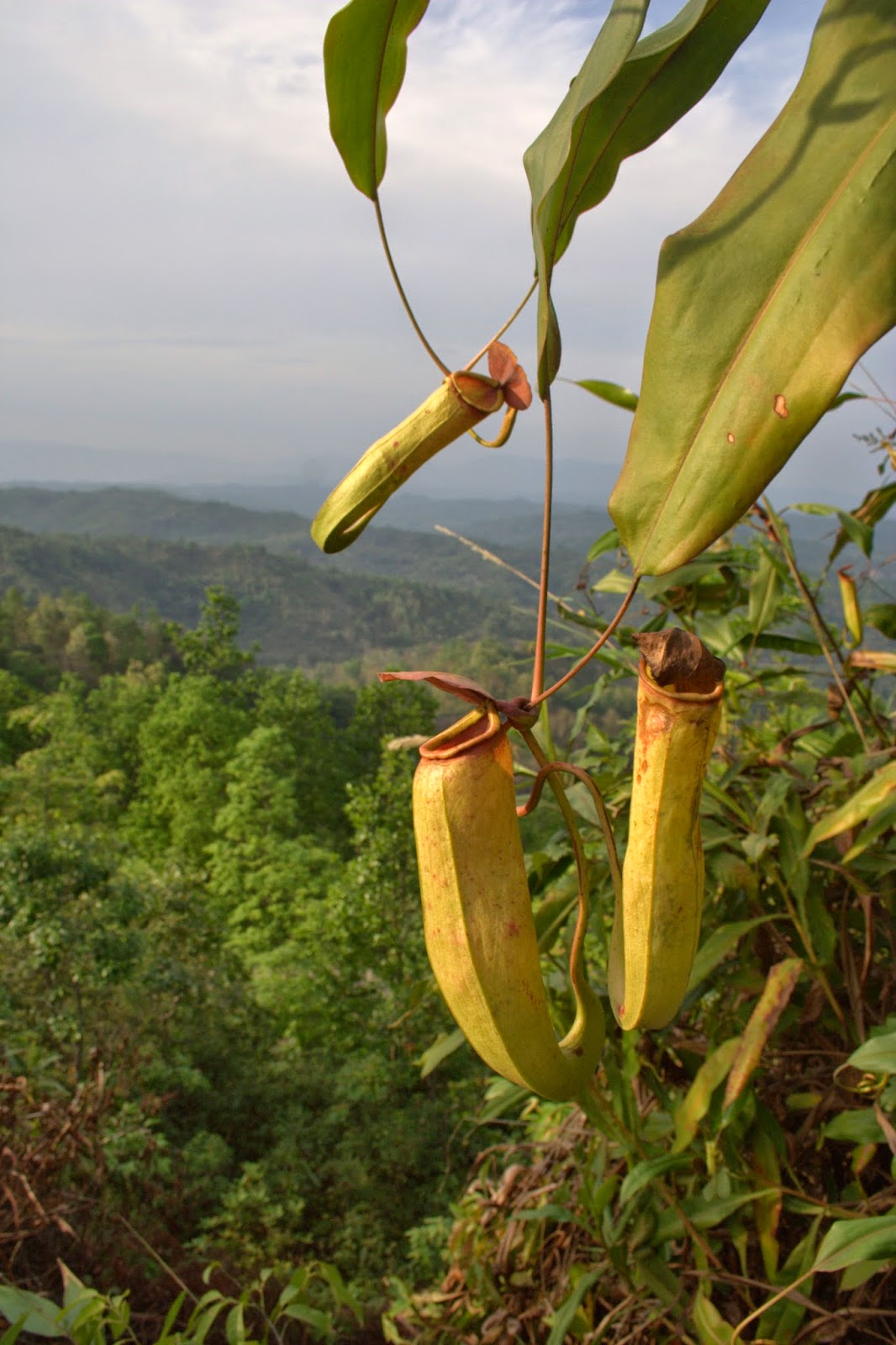Encouraging youth to take actions for a better climate
“Where does the trash go?” Encouraging youth to take actions for a better climate Indian Youth Climate Network (IYCN) organized a series of 2 day events at multiple locations to raise the awareness of the youth on climate change under its Agents of Change program with the objectives to: A. Raise voices of the Indian youth on climate policy leading up to and at COP 20. B. Strengthen network to support the long term strategy of youth engagement in climate policy targeting COP 20 and 2015 climate agreement. C. Strength local chapters in selected urban areas to influence climate policy at the local, state and national level. Placed below is second of the three stories on IYCNs Agent of Change project. Mu sic, cricket ball sized globes tossed towards the audience and the frankness of his language and body language during his presentation had the audience wanting more. Such an original and interesting manner to talk of waste I thought as the resource person e



